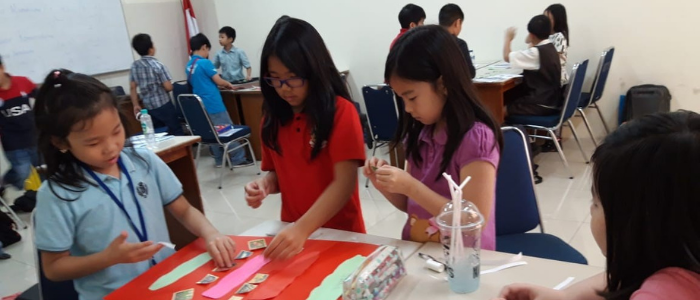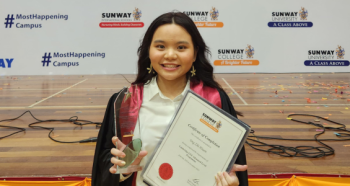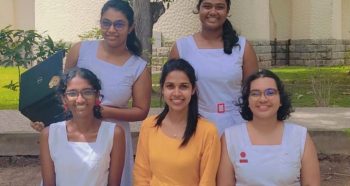Rachel Evans has been Principal at Novaschool Sunland International in Spain for six years and is a NABSS Inspector (National Association of British Schools in Spain). The school caters for students aged 3 to 18 years.
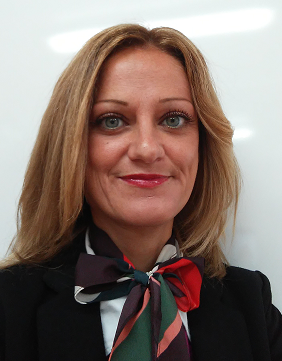
Can you tell us about yourself and your school?
At our school, we have successfully combined the Cambridge International curriculum (Lower Secondary, IGCSE, International AS & A Level) with the national curricula. In doing so, our students have the best opportunities to access both Spanish and international universities.
Why did you decide to introduce the Cambridge Lower Secondary programme?
Before we introduced the Cambridge Lower Secondary programme in 2014, we felt that there was a lack of consistency with our curriculum.
It was hard to track students’ progress, and the assessments that were taking place in this section of the school were not being used effectively in the next stage of their education (Cambridge IGCSE). It was almost as if one stage finished and another new one began, but there was no thread or link between the two stages. With the Cambridge Lower Secondary programme, the key learning objectives taught at Cambridge IGCSE are already being introduced in Stage 7 and built on in subsequent years.
Therefore, by the time students begin their Cambridge IGCSEs, they are already familiar with the key objectives, the assessment criteria and the Cambridge learner attributes.
How have teachers responded to the programme?
The curriculum has been designed to allow for a flexible approach. Teachers can tailor the Cambridge International curriculum to their culture and ethos, and to their students’ and school’s needs.
How do you use the assessments to improve standards at your school?
We use the progression tests at the end of each stage. These are very useful in tracking students’ progress and we use the results in our reporting to parents. They are easy to administer and cover all the objectives taught during each stage in the programme.
At the end of Stage 9, our students take the Checkpoint tests. For me, these are the icing on the cake.
They are externally marked and must be administered under Cambridge examination regulations, giving students a real sense of what to expect during their IGCSEs.
You may think this causes unnecessary stress for students at this age, but the school has a window of dates to run tests so they can ensure students are not overwhelmed.
How do the curriculum and assessments support learners’ educational journeys?
The biggest benefit for students is the consistency between the Lower to Upper Secondary programme. It gives students confidence and allows them to measure their own progression. If students understand their educational journey, they are far more likely to be motivated and engaged.
Assessment is a key aspect of any curriculum, but the difficulty comes with finding the balance between teaching and assessing. The opportunities for assessment are integrated into the schemes of work, but allow for a flexible approach so teachers can adapt the type and frequency of assessments to suit the needs of their class and school.
Rutdiana Anggodo is Curriculum Coordinator at Saint Peter’s Catholic School in Indonesia.
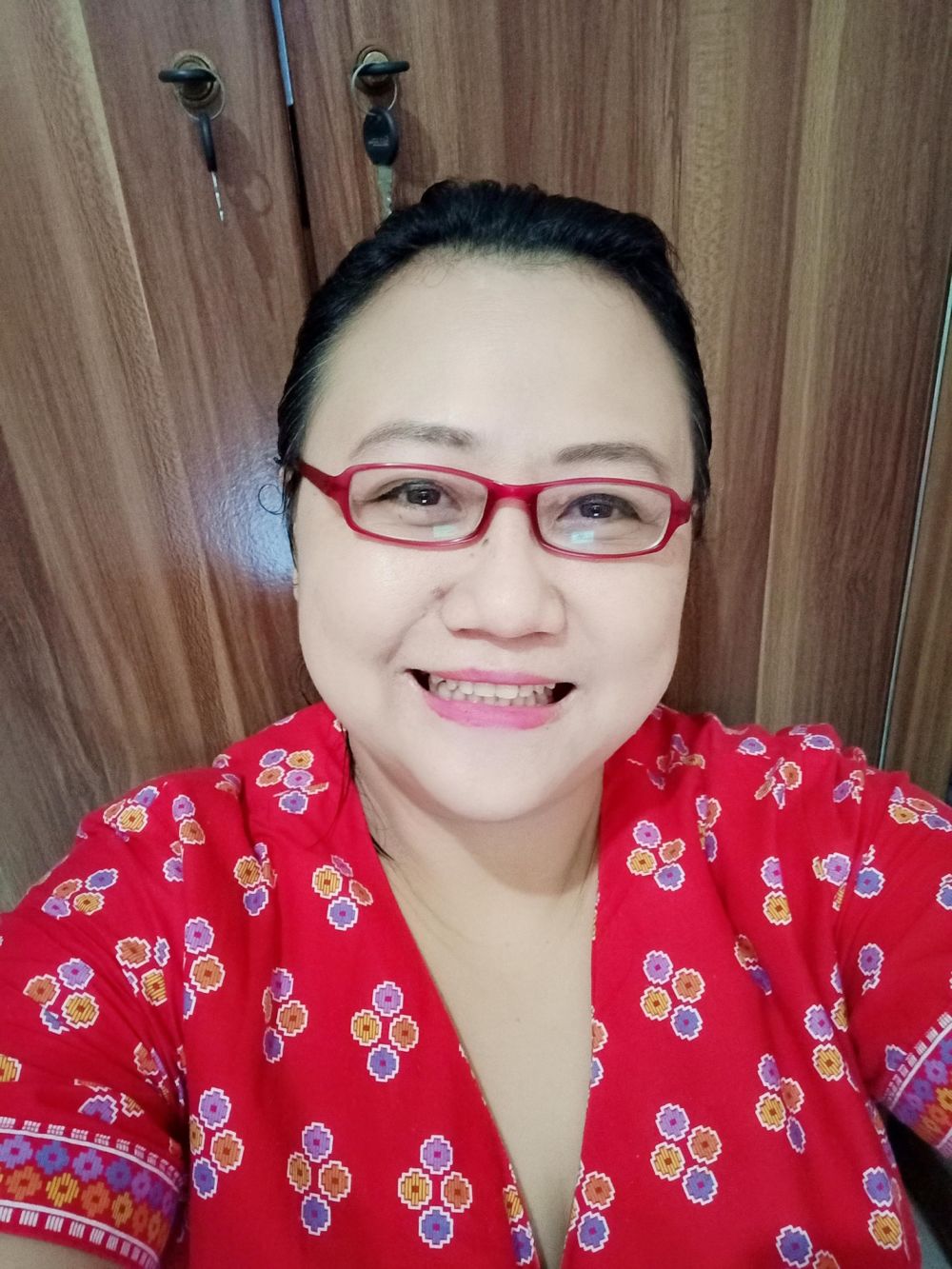
Can you tell us more about your role and your school?
I am responsible for the implementation of the Cambridge curriculum: the syllabus, lesson planning, teachers’ evaluation, exam results and resources. The Cambridge International curriculum is the main curriculum in place in primary, secondary and junior college, alongside three national curricula that are required by the government.
The curricula complement each other and the skills learned by students in the Cambridge curriculum can also help them to excel in local subjects.
Which subjects do you offer at Cambridge Primary and Lower Secondary?
We offer English, Mathematics, Science, Global Perspectives and the new subjects – Art
& Design, Digital Literacy, Music and Physical Education. For younger generations, the new Cambridge subjects really broaden their knowledge. They can relate to the topics because they are relevant to the world our students are living in.
Do you use English as a first- or a second-language curriculum?
We teach English both as a First (EFL) and Second Language (ESL). We can’t ignore the reality that children are exposed to the English language from a young age, even though English is not a mother language in our country. Through EFL, we are providing a platform for such children. On the other hand, we understand that not every student in our school has high exposure to the English language, so we provide ESL subjects to give equal opportunities to all students.
How does Cambridge Primary give students a strong foundation for their education?
The Cambridge Primary programme is well worth running in schools with international standards. The new subjects really equip students to face future challenges where the demands go beyond the grades they achieved in school.
Cambridge International has helped us to help our students develop soft skills, broader knowledge, and to understand the value of collaboration.
A version of this article appears in Cambridge Outlook Issue 35.


